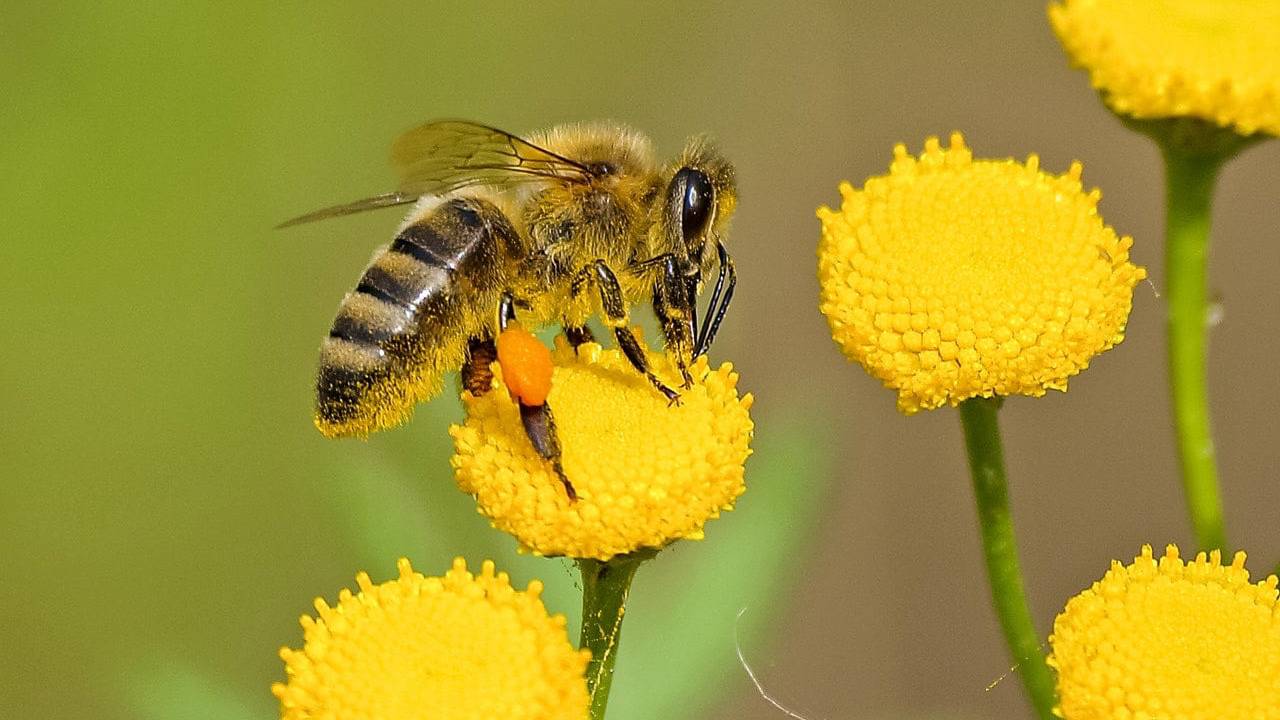Imagining Milkweed: Land Ecology

Monarch Butterflies, Milkweed (absent), Honey Bees, and Sugar Maple
Monarch butterfly populations have been declining due to the destruction of natural landscapes. Milkweed is vital to the survival of monarchs since it is the only plant the monarch lays its eggs on and where their caterpillars begin their life cycles. The monarch has evolved an immunity to the natural toxins secreted by the plant which protect its eggs and caterpillars from predators. However, what is often not realized is that disappearance of milkweed indicates a larger problem of landscape destruction and industrialization that has influenced many pollinator species, including honey bees. The disappearance of perennial flowering plants, like milkweed, have strained honey bee populations and been cited as a major reason for their declining numbers. Not only do honey bees pollinate the vegetation we rely on for food, but they also are necessary for healthy sugar maple populations, the source of maple syrup in New York state. New York is the second largest producer of maple syrup in the US. Native Americans of the Oneida Nation use the cycles of frost and thaw of maple syrup to inform them of seasonal changes and harvest times. The disappearance of these insect pollinators will threaten those who rely on maple syrup for their livelihoods.
Composition installed and designed by: Meaghan Kendall, Jacob Panetta, Sam Schlichting
My name is Claudia Buszta, and I am an Environmental Geography major. I am working this year with Professor Haughwout on the 6th E Street project to illustrate how different organisms relate to each other within their ecological communities. Our focus is on regional ecosystems in New York State, identifying how native species interact with human activity. These summaries are meant to accompany the visualizations of the ecologies within the tunnels.